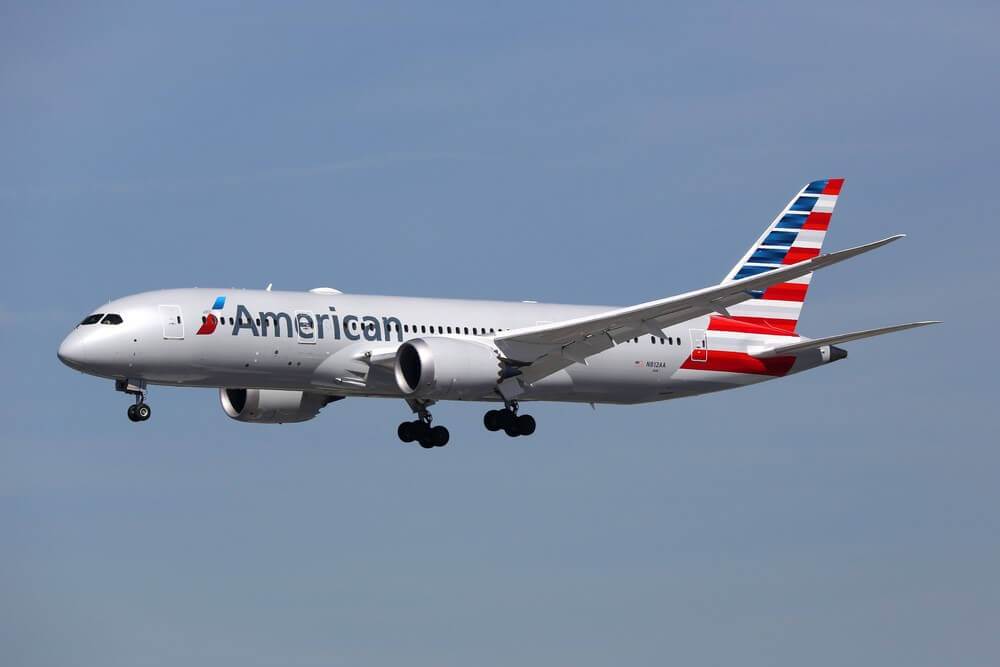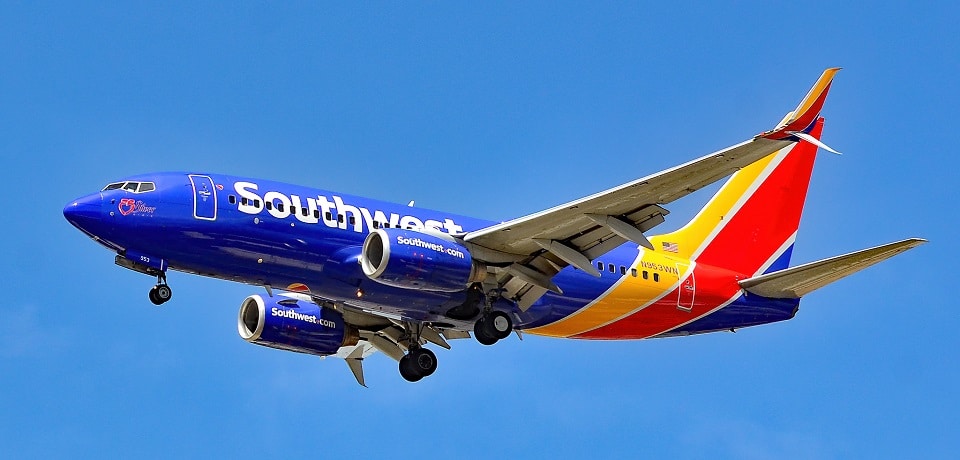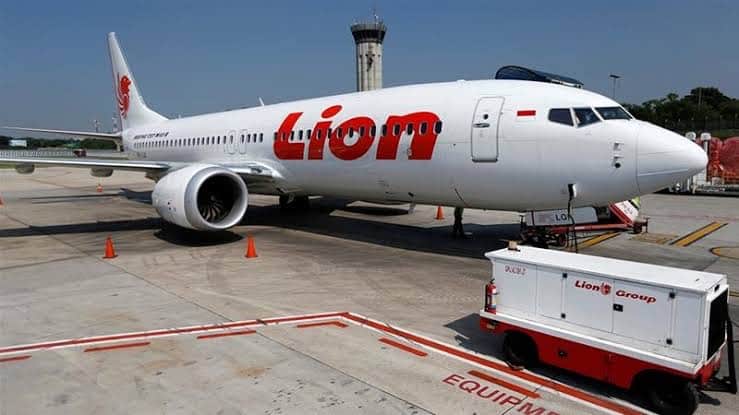Aviation
Series of failures caused Boeing 737 Max Lion Air crash – KNKT investigators report

A Lion Air 737 MAX stream collided with the Java Sea not long after take-off from Jakarta on Oct. 29, 2018, killing all 189 people on board. The 737 MAX was grounded overall after a second destructive accident in Ethiopia in March 2019.
The groups of casualties of the main accident will be informed before the report into the loss of Lion Air flight 610 is made open, Indonesian National Transportation Safety Commission (KNKT) press official Anggo Anurogo told correspondents on Monday.
A starter report into the Lion Air mishap discharged keep going November concentrated on carrier upkeep and preparing and the reaction of a Boeing against the anti-stall system to an as of late supplanted sensor however didn’t give a reason for the accident.
The last mishap report discharged Friday said Lion Air flight 610, from Indonesia’s capital Jakarta to the island of Sumatra, slammed on the grounds that the pilots were never advised how to rapidly react to glitches of the Boeing 737 Max 8 fly’s autopilot flight-control system.
Highlights from the Report :
Fault Reporting Manual (FRM) The Boeing Company provides Fault Reporting Manual (FRM) and the Interactive Fault Isolation Manual (IFIM) which together provides a structured method for the aircraft operator to report and correct faults in aircraft systems. The manuals are linked by a unique 8-digit fault code for each fault. The FRM is primarily for the flight crews and the cabin crews and contains three alphabetical lists of faults, with a fault code for each fault. While the IFIM is for the maintenance crews which gives a fault isolation procedure for each of the faults.
Boeing 737-8 (MAX) Fault Handling System The Boeing 737-8 (MAX) is equipped with the Maintenance Awareness System (MAS) that provides the information directly related to airworthiness and system information. The system includes the MAINT light (amber color) on the overhead panel, stored fault information which can be accessed from the Multi-Function Display (MFD) control on the pedestal.
The Angle of Attack failure According to the Boeing 737-8 (MAX) Illustrated Part Catalogue (IPC), the installed Angle of Attack sensor part number is 0861FL1. Refer to the Fault Reporting Manual (FRM) the fault related to the AOA categorized as Observed Fault with the fault codes
Log Error: Lion Air pilots who experienced problems on a previous flight failed to properly note it in the plane’s log, so maintenance crews couldn’t make necessary repairs. Pilots on the fatal flight failed to perform the correct emergency procedure for a nose-down pitch of the plane. The co-pilot failed to understand the situation and was preoccupied with running the wrong emergency checklist.
Less time for a response : Boeing also made incorrect assumptions about how quickly pilots could respond to a malfunction and didn’t inform pilots of the existence of MCAS until after the Lion Air crash, making it harder for Lion Air’s pilots to save the plane and its passengers
For more detail download Full report here
FAA Statement on Lion Air Flight 610 Accident Report
The FAA’s first priority is always safety. The Indonesian National Transportation Safety Committee’s accident report on Lion Air Flight 610 is a sober reminder to us of the importance of that mission, and we again express our deepest condolences to the families and loved ones of those who were lost in that tragic accident.
We welcome the recommendations from this report and will carefully consider these and all other recommendations as we continue our review of the proposed changes to the Boeing 737 MAX. The FAA is committed to ensuring that the lessons learned from the losses of Lion Air Flight 610 and Ethiopian Airlines Flight 302 will result in an even greater level of safety globally.
The FAA continues to review Boeing’s proposed changes to the 737 MAX. As we have previously stated, the aircraft will return to service only after the FAA determines it is safe.
Boeing Statement on Lion Air Flight 610 Investigation Final Report
“On behalf of everyone at Boeing, I want to convey our heartfelt condolences to the families and loved ones of those who lost their lives in these accidents. We mourn with Lion Air, and we would like to express our deepest sympathies to the Lion Air family,” said Boeing President & CEO Dennis Muilenburg. “These tragic events have deeply affected us all and we will always remember what happened.”
“We commend Indonesia’s National Transportation Safety Committee for its extensive efforts to determine the facts of this accident, the contributing factors to its cause and recommendations aimed toward our common goal that this never happens again.”

Aviation
All passengers killed in plane crash, after pilot let his children to control the plane

When boarding a plane, passengers entrust their safety to the skilled hands of the pilot. However, tragedy struck when one of the flight ended in disaster as all passengers lost their lives in a horrific plane crash.
In 1994, during a flight from Moscow to Hong Kong, tragedy struck as an Aeroflot relief pilot made a fateful decision. In a move that would have devastating consequences, the pilot invited his own children into the cockpit to play with the controls. Little did anyone know, this seemingly innocent gesture would lead to the loss of all 75 lives aboard the aircraft.
It was a seemingly innocent act that led to catastrophic results. The relief pilot, Mr. Kudrinsky, invited his two children, Yana, 12, and Eldar, 15, into the cockpit during the late hours of the night. Little did anyone know, this simple gesture would set off a chain of events that would end in tragedy.
Once in the cockpit, the children were allowed to sit in the captain’s chair and play with the controls, unaware that they should have been disabled as the plane was in autopilot mode.
Eldar, perhaps in a moment of curiosity or innocence, held the control column down for a mere 30 seconds. Yet, in those brief moments, the autopilot disengaged, thrusting the aircraft into manual control.
By the time the pilots regained their seats and attempted to regain control, it was too late. Despite their efforts to pull the plane out of a dive, they overcorrected, causing the flight to climb almost vertically, ultimately stalling it.
Final moment Flight 593 crash
In the final moments, as the pilots struggled to stabilize the aircraft, Flight 593 crashed into the Kuznetsk Alatau Mountain range in southern Russia, completely obliterating the plane and claiming the lives of everyone on board.
Investigations revealed a chilling truth: there was no evidence of technical failure. Instead, the crash was attributed to the unthinkable decision to allow inexperienced hands to manipulate the controls of a commercial aircraft.
The black box recording captured the harrowing sequence of events, providing a grim reminder of the human cost of a lapse in judgment. In just over two minutes, the lives of all on board were tragically short, leaving behind a legacy of sorrow and unanswered questions.
Aviation
American Airlines Flight Attendant Orders First-Class Traveler to use Economy Restroom

On a recent American Airlines flight from Chicago O’Hare to Phoenix, Pamela Hill-Veal, a retired circuit court judge, found herself at the center of a disturbing incident.
Despite traveling in First Class, she was directed by a flight attendant to use the Economy Class restroom, sparking allegations of racial discrimination. According to Hill-Veal, the ordeal began when she used the dedicated First Class lavatory during the flight. A flight attendant approached her, accusing her of slamming the door and issued a warning.
Despite remaining calm, Hill-Veal faced further confrontation when she attempted to use the First Class restroom again later in the flight. The situation escalated as the flight attendant persisted in berating Hill-Veal, who felt targeted due to her race. She highlighted the disparate treatment, noting that white passengers were not subjected to similar directives.
In a distressing turn, the flight attendant followed Hill-Veal to her seat and allegedly touched her while threatening arrest upon landing. This alarming encounter left Hill-Veal feeling humiliated and traumatized, impacting her ability to rest even after the flight.
American Airlines has responded, expressing a commitment to investigating the matter and addressing discrimination claims seriously. However, the incident underscores ongoing concerns about racial bias in air travel and the need for accountability in ensuring all passengers are treated with dignity and respect.
Aviation
Southwest CEO Signals Major Shift: Farewell to Open Seating

Southwest Airlines is contemplating a significant shift away from its traditional open seating policy, a move that could signal a departure from its long-standing business model.
The potential change, which would introduce assigned seating and premium seat options, is being considered to appeal to a younger demographic of travelers. This adjustment would mark one of the most substantial alterations for the carrier since its inception in 1971.
Unlike its competitors who have embraced premium seating offerings, Southwest has stuck to its open seating approach, albeit providing the option for early boarding at a fee. However, with rivals like United Airlines witnessing revenue growth from premium seating, Southwest is reevaluating its strategy. According to Forbes, the airline industry has seen a shift in customer preferences over time, prompting Southwest to reconsider its seating model designed during an era of lower load factors.
While Southwest CEO, Jordan,told to CNBC that he has neither confirmed nor denied the possibility of premium seating, he acknowledges that the company is exploring various options. He emphasized that while it’s still early in the decision-making process, the initial results are promising, hinting at potential changes in the future.
Southwest currently operates with a single economy class cabin across its all-Boeing 737 fleet, with no assigned seating. However, the airline does offer the option for early boarding for passengers to secure their preferred seats for an additional fee. Over the years, Southwest has maintained a focus on simplicity and user-friendliness in its offerings, striving to minimize costs and complexity.
In contrast, competitors like Delta and United have capitalized on revenue growth from premium seating options such as business class, demonstrating strong upsell rates. Analysts have repeatedly questioned Southwest about the potential for introducing premium seating or additional fees, although the airline has traditionally refrained from charging for the first two checked bags.
For now, the only way Southwest passengers can secure their preferred seats is by paying for an earlier boarding position, as the airline continues to operate without assigned seating, allowing passengers to choose their seats upon boarding in a predetermined order.























